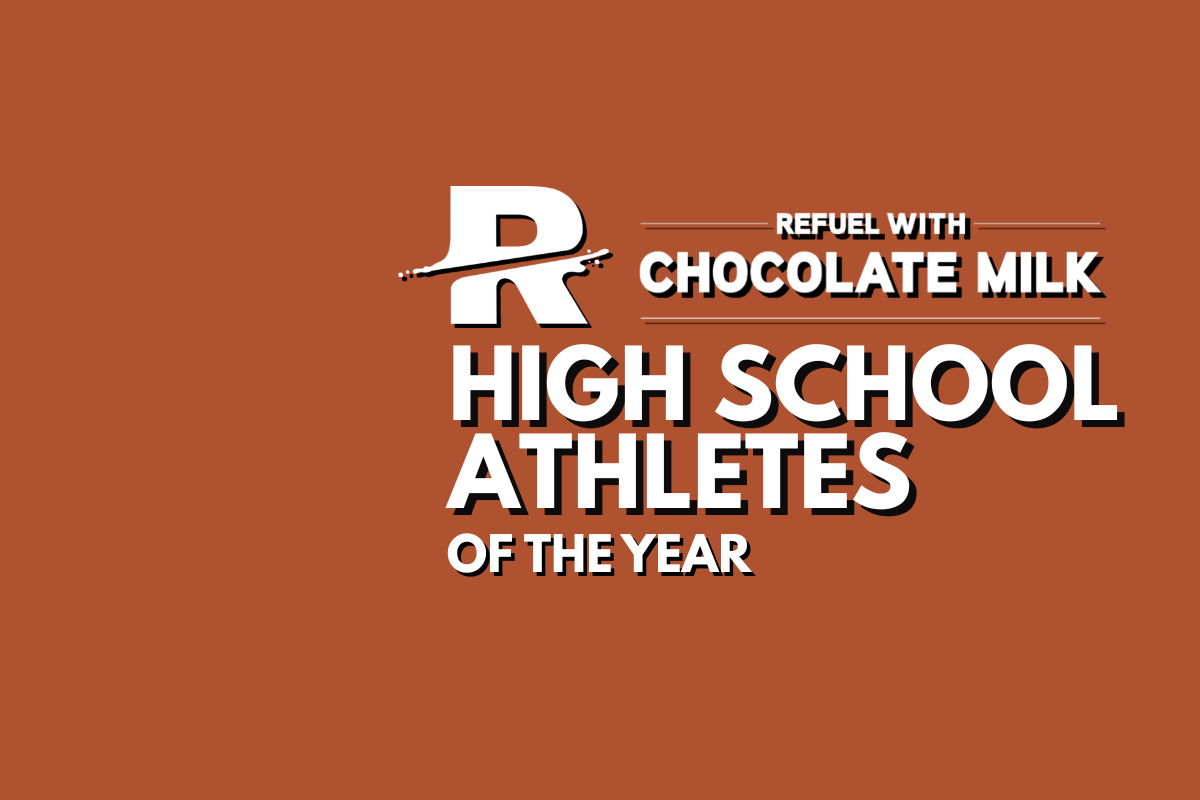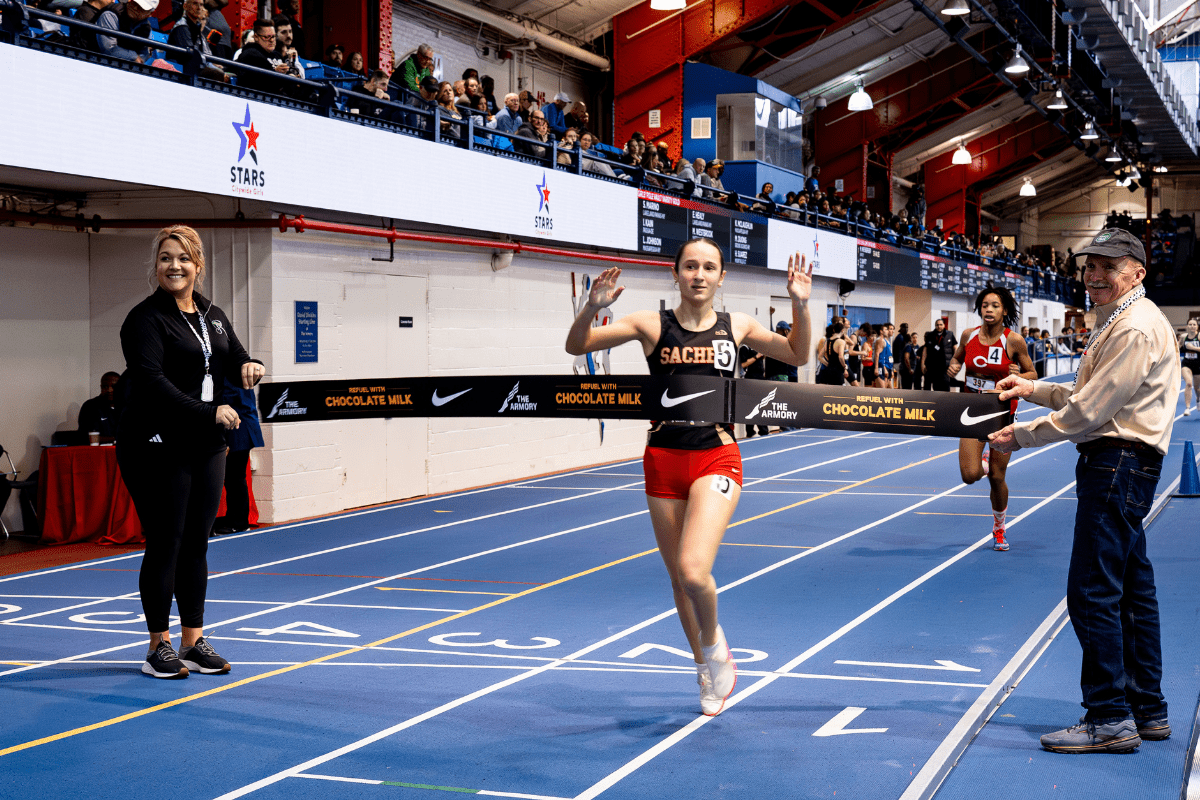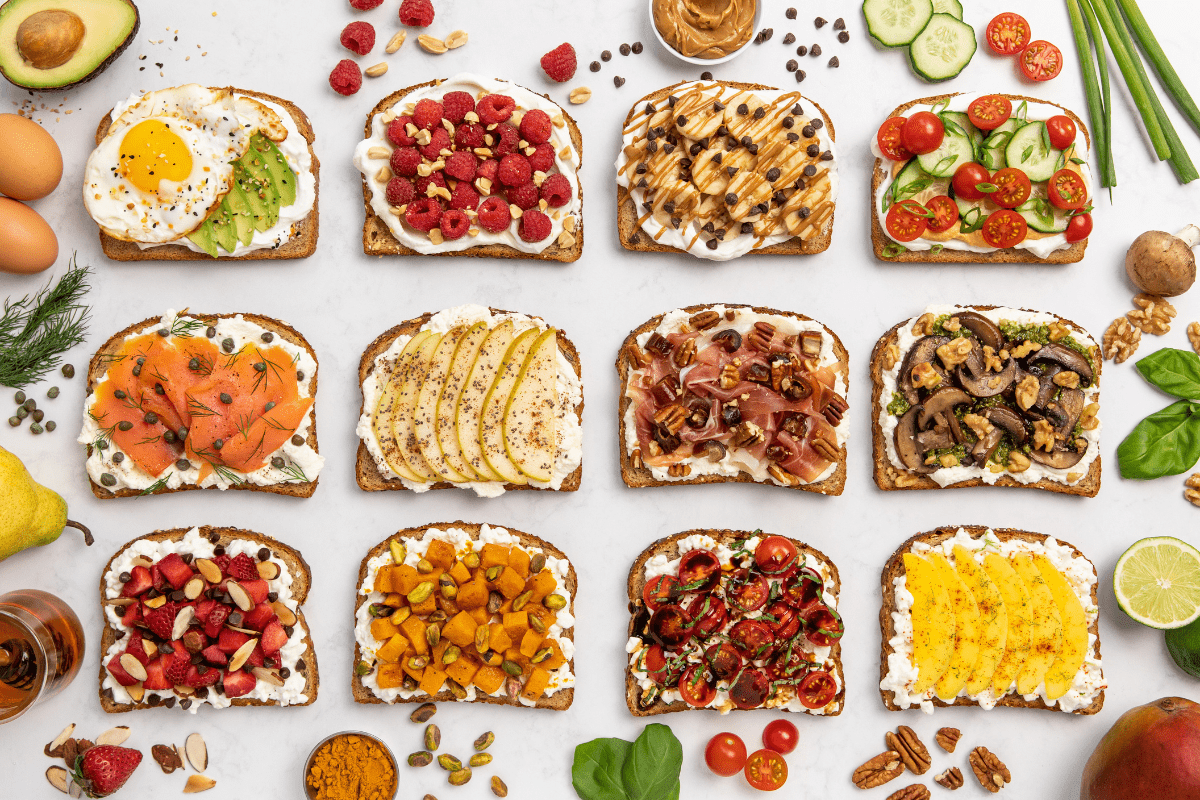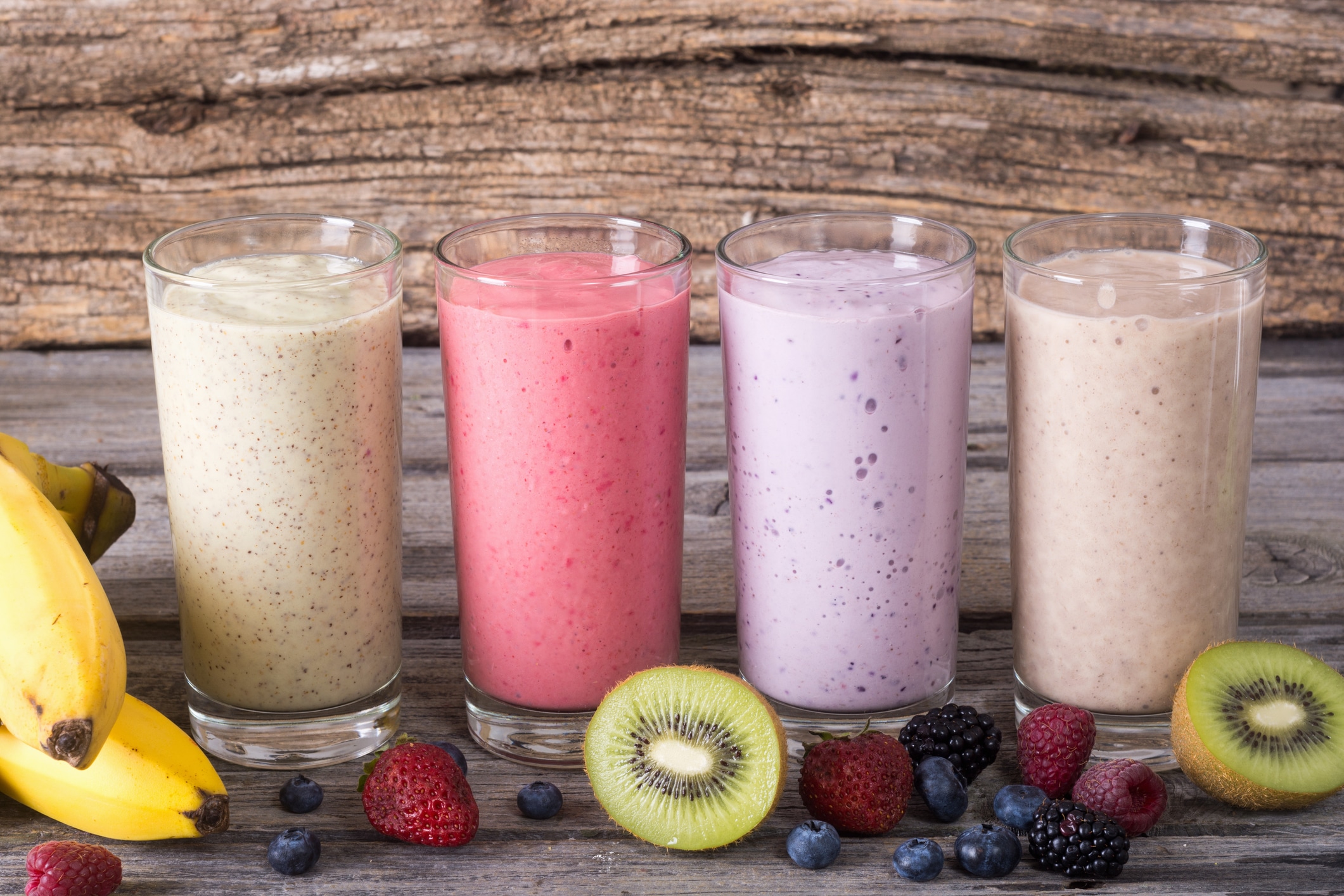January is the month when many resolutions revolve around losing weight and getting healthy.
It’s also the time when U.S. News and World Report publishes their annual rating of the best and worst diets. Many consumers turn to this list for guidance, but are the meal plans appropriate for athletes and active people? I took a look and want to share my thoughts on the best eating plans and why they may be beneficial. Certainly, the foods you choose should support body goals and performance, but with COVID-19 still raging, it is important to control what you can with your eating plan. You should not just focus on the takeaways such as decreasing carbs (which may hurt performance), sugar and fat but also what you add-in that may help to keep your immune system healthy and decrease inflammation.
First, let’s talk about the word diet. Although the ranking refers to the list as best diets, they should be referred to as eating plans as they are not meant to restrict eating. The top-rated plans were found to be relatively easy to follow, nutritious, safe, effective for weight loss, and protective against heart disease and diabetes. And, while they were not rated on their ability to fuel sports performance, many of the eating patterns work well for athletes and active people.
Second, it’s important to remember that eating to alter body composition should be done at the right time to prevent any negative impact on strength, speed and stamina. Athletes should start well in advance of their upcoming season or at the very beginning of the offseason. That way, when goals switch from altering body composition to fueling sports performance, they are ready to go.
You may also want to consider the following:
- Is the eating plan practical?
- Will it help you with your physique goals?
- Does it optimize performance?
- Does it meet your price point?
Here are my thoughts on the best eating plans for athletes and why they may be beneficial.
Mediterranean Diet
This plan is based on an abundance of fruits and vegetables, small amounts of meat and poultry, moderate amounts of fish, and generous amounts of beans. Full-fat yogurt and cheese are the predominant dairy foods. Pasta, rice, potatoes, farro, and breads make up the majority of the carbs, while olives, olive oil, nuts, and seeds are the recommended fat sources. This eating plan is not only heart-healthy — it also includes anti-inflammatory foods because athletes don’t have to train in pain. The abundance of fruits and vegetables also play a role in supporting a healthy immune system
DASH Diet
DASH stands for Dietary Approaches to Stop Hypertension. Although healthy blood pressure may not be a concern now, maintaining a healthy cardiovascular system is important for all athletes. Coaching is stressful as well, so all the more reason to choose an eating plan that is protective. The DASH diet emphasizes lots of fruits and veggies, three servings of low or non-fat dairy daily, whole grains, lean meats, poultry, fish, nuts, and beans. The produce provides carbohydrates, fiber, vitamins, plant nutrients, and fluid, and dairy foods provide protein and minerals that are important for bone health.
Flexitarian Diet
This is a mostly plant-based diet, but, as the name implies, it suggests flexibility for those who want to include meat and other animal foods like eggs and dairy. The base of the diet is plants: fruits, veggies, beans, peas, and whole grains. Those provide the energy for sport. The Flexitarian diet suggests getting the majority of protein from plants, which can be done with beans, peas, nuts, seeds, tofu, veggie burgers, and other soy-based products. Fat will come from nuts, nut butters, seeds, seed butters, oil, and avocado.
Volumetrics
This diet is great for athletes in weight class sports, as well as those looking to lose weight without feeling hungry. The concept of volumetrics is to increase the fluid content in the foods consumed to feel fuller. This also supports the increased hydration needs many athletes face. Examples of foods included in this plan are smoothies, soups, stews, chili, salads, bean dishes, stir-fries, and oatmeal. Feeling fuller helps to stave off hunger and makes less food look like more. The pairing of protein with carbohydrates that athletes need can come from a Greek yogurt dip along with veggies, or a shrimp-veggie stir fry over whole grain rice. Extra-lean beef chili with beans and shredded cheddar over a baked potato also provides the fill factor, as well as the fuel for sport.
Vegetarian Diet
Athletes looking to follow a vegetarian diet have lots of options. The key is remembering that it’s not just what you exclude from the plate but what you include. A plant-based eating plan is great for everyone as most of us do not eat enough plants, especially fruits and vegetables, but do remember that when choosing a plant-centered plate you should still include nutritious animal foods such as dairy, lean meats, poultry, fish and eggs. Vegetarians can be lacto-vegetarian, lacto-ovo vegetarian or pesco -vegetarian. Here is what each of those eating plans looks like.
- Lacto-vegetarian – includes eating a variety of fruits, veggies, pasta, rice, bread, cereal, potatoes, beans, nuts, seeds. And, while meat, poultry, eggs, and fish are excluded, athletes can meet their protein needs by incorporating dairy foods— like milk, yogurt, cheese— into their meals.
- Lacto-ovo vegetarian – similar to the lacto-vegetarian mentioned above, but athletes that choose this plan can also incorporate eggs into their diet.
- Pesco-vegetarian – includes eating the same fruits, veggies, pasta, rice, bread, cereal, potatoes, beans, nuts, seeds, eggs, and dairy foods as the above two plans, but also allows fish and shellfish.
A plant-based diet can be appropriate for an athlete, but it has to be well planned to ensure adequate intake of calories, macronutrients, and micronutrients.
BOTTOM LINE
At the end of the day, eating is not one size fits all. Any one of these diets can help you improve body composition while supporting your health. It’s important to choose an eating plan that is sustainable, affordable, do-able, and palatable. When it comes to affordability, the highlighted diets revolve around fruits, vegetables, and grains. You can buy frozen, canned, dried, or fresh fruits, vegetables, and grains such as rice, bread, pasta, cereal, and corn tortillas as these tend to be the least expensive items in the bowl or on the plate, and they also elevate your performance. Bodies need to be fueled to perform well. That means choosing an eating pattern that provides enough calories to optimize strength, speed, and stamina and enough macronutrients to attain and maintain one’s goals — and doing so with foods that you like, can prepare, and will eat.





